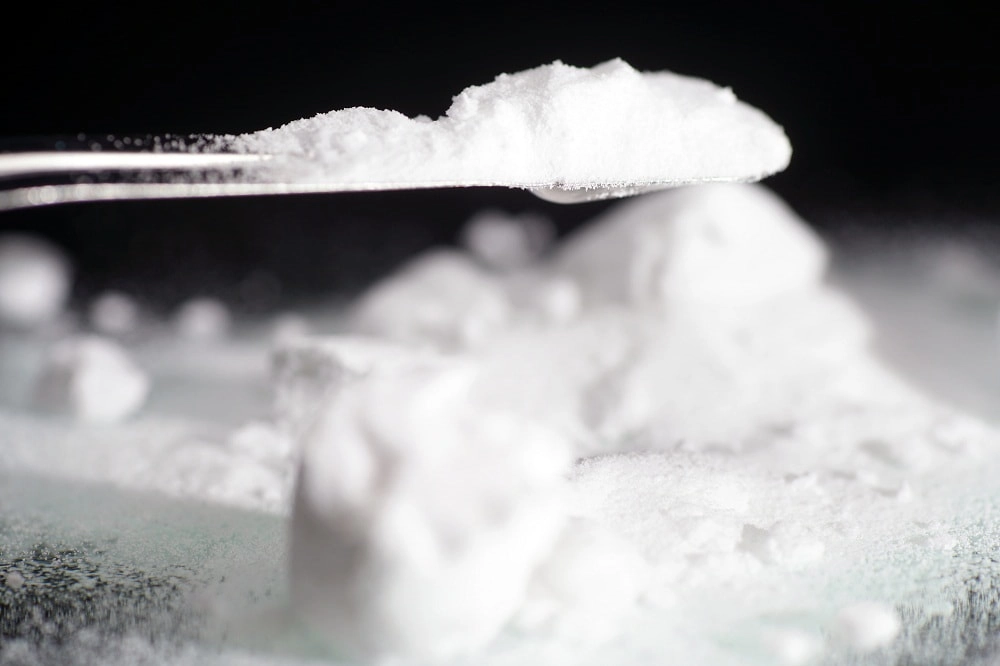- Details
Ammonia versus caustic soda - differences

There are many chemical compounds on the market that are used in various areas of our lives. In some cases, we are not even aware of their existence. Examples of such compounds are caustic soda and soda ash. Very frequently the two compounds are confused with each other, even though they have different uses.
Soda ash
It is nothing more but an inorganic chemical compound, or more precisely, a salt of carbonic acid and sodium. It also appears under another name, more precisely soda or sodium carbonate. At the room temperature it takes a form of a white and hygroscopic substance that dissolves well in the water. Soda ash differs from the caustic soda in that the former is found in its natural state mainly in soda lakes and the ash of marine plants. It is most often used to make paper and glass. It is also very often used to make laundry detergent and soap. Soda ash is used as a chemical reagent in many laboratories.
Caustic soda
It is also one type of unrestricted chemical compound that belongs to hydroxides. Caustic soda, as the name says, is a caustic substance. Among other things, it is characterized by a strong irritant effect on the eyes, skin and mucous membranes. When working with this substance it is necessary to use appropriate precautions. This means that the chemical compound should be kept away from animals and children. The most common use of this substance is to use it to unclog sewer pipes and disinfect very demanding surfaces.
See also: CHARACTERISTICS AND USES OF THE SODIUM HYPOCHLORITE


